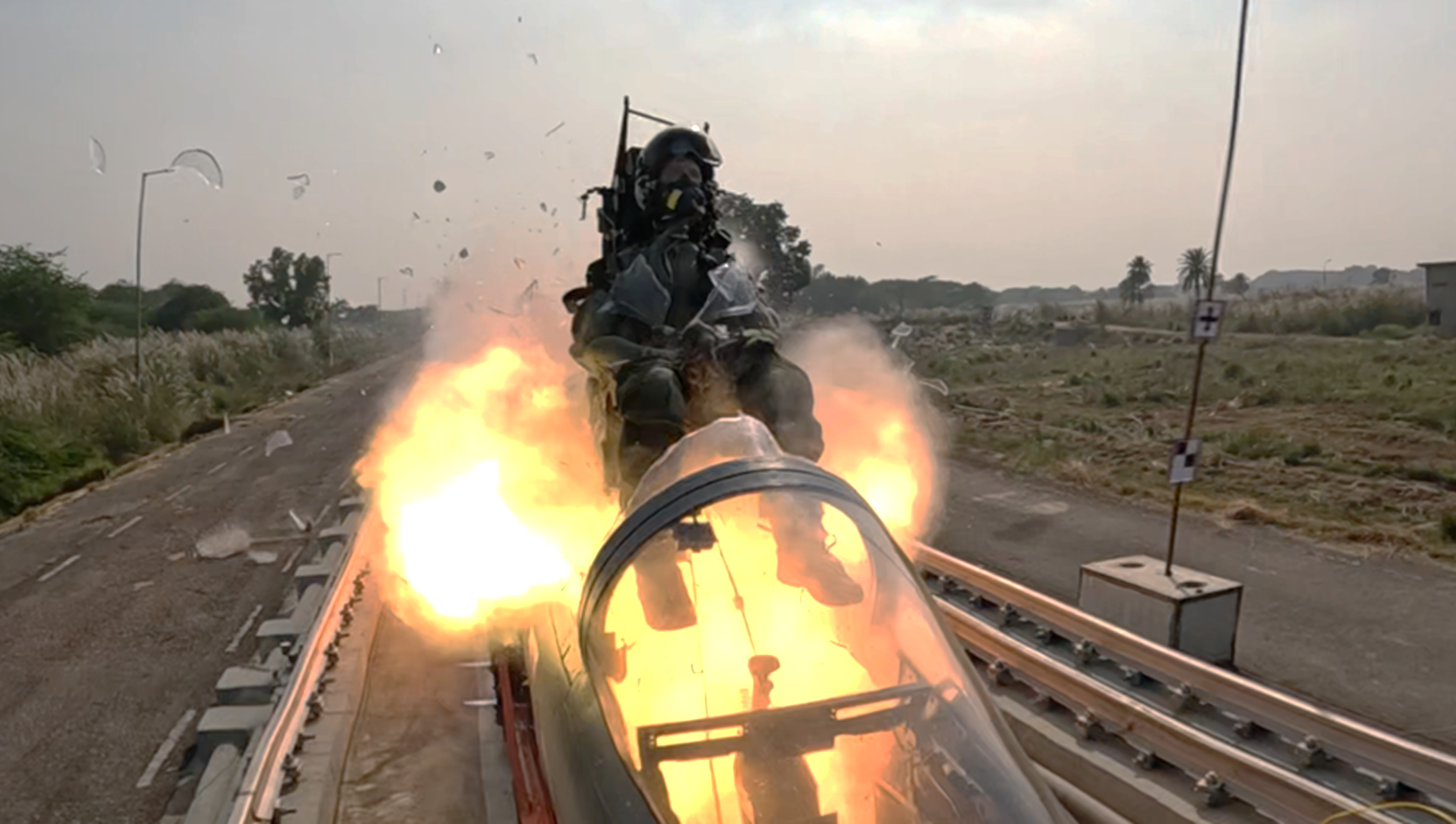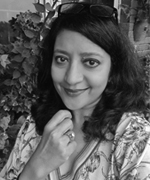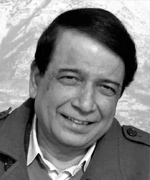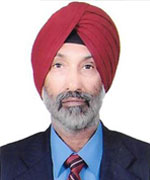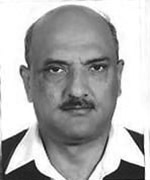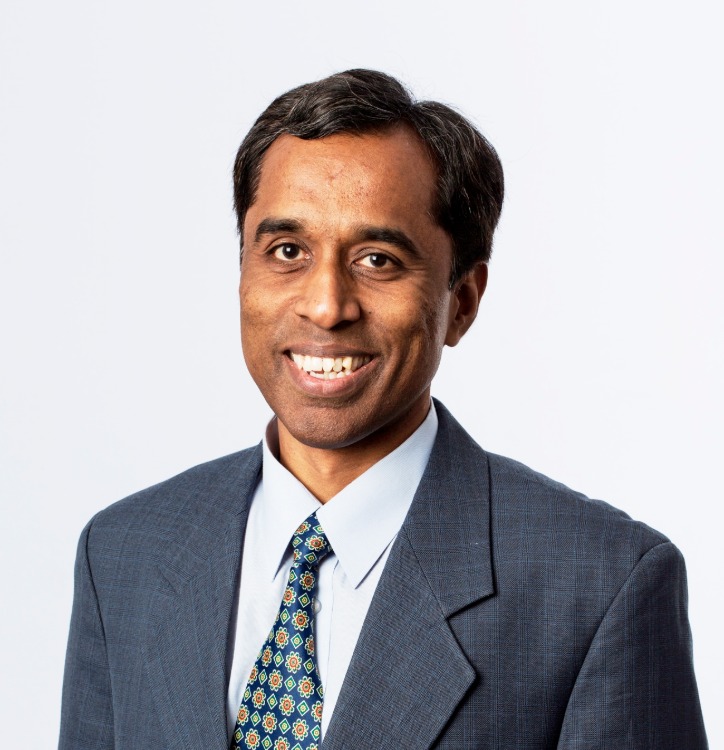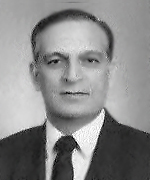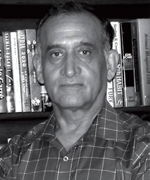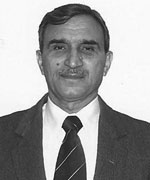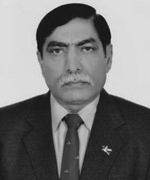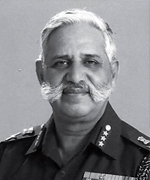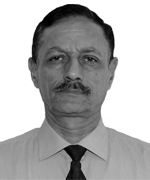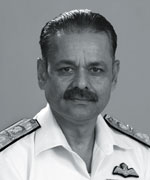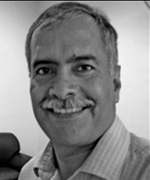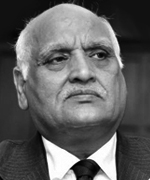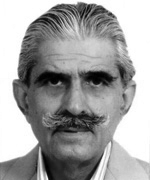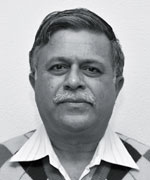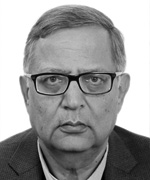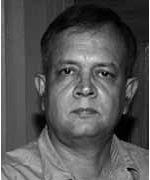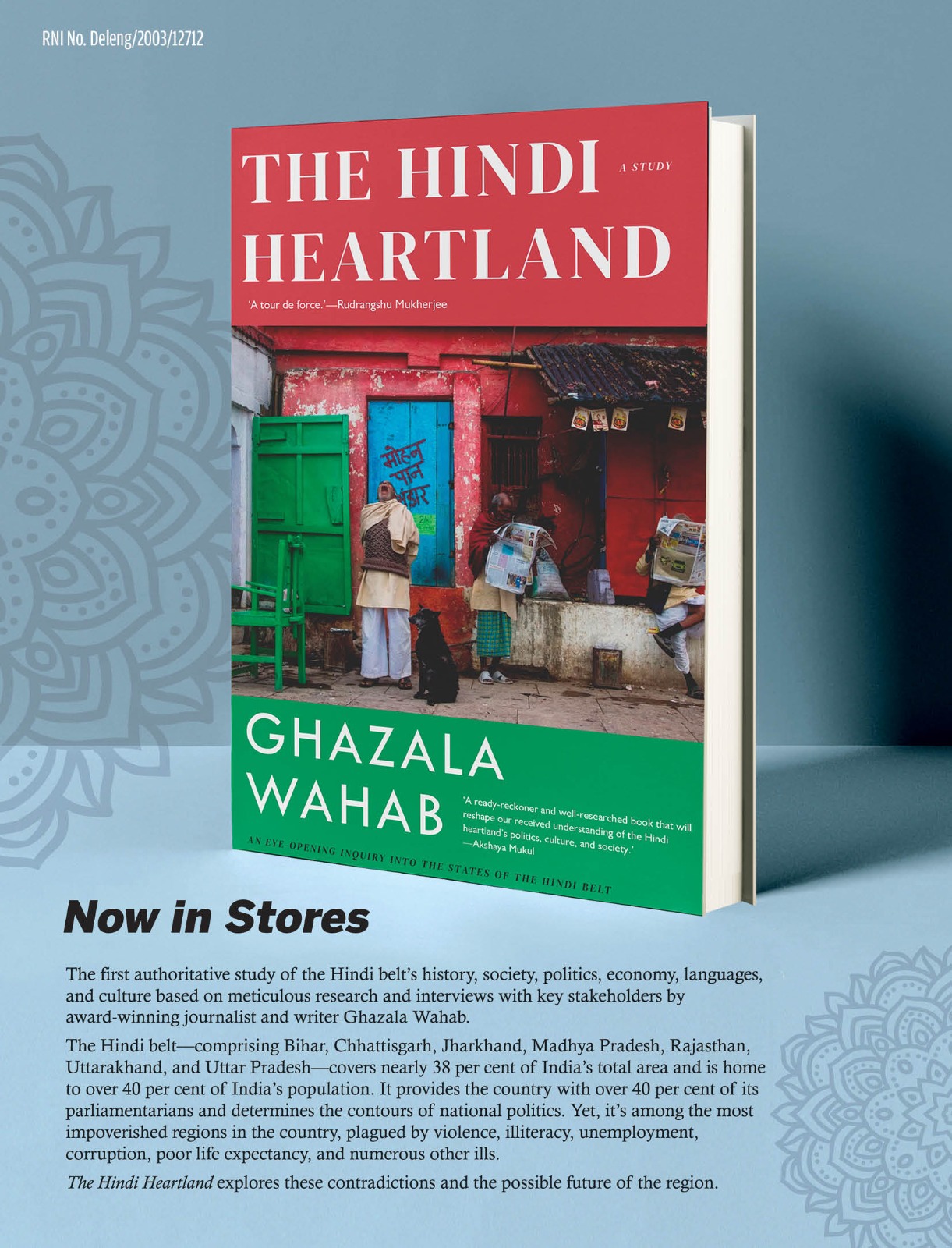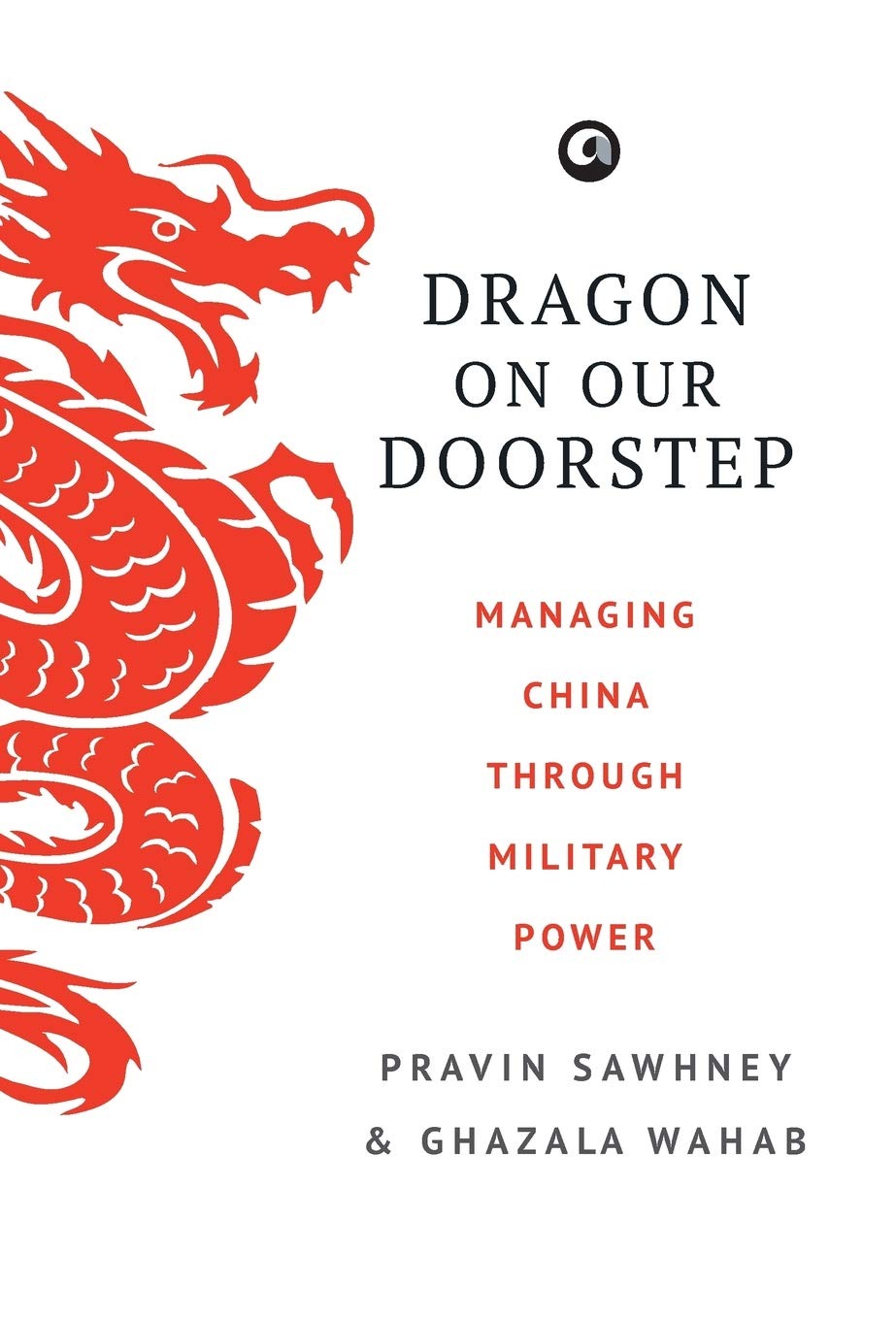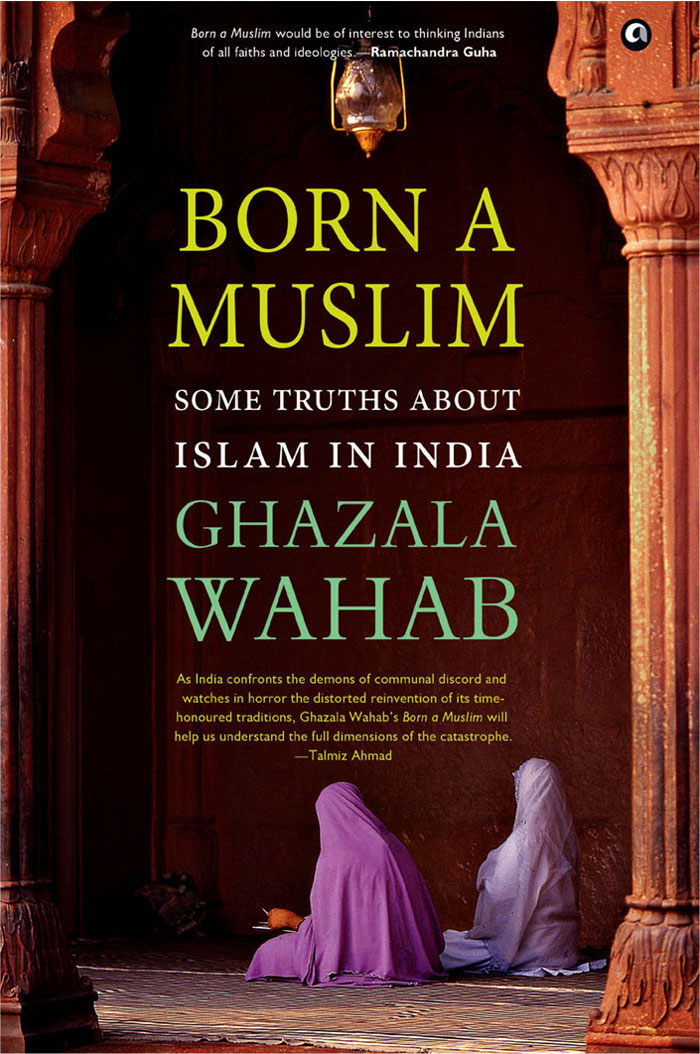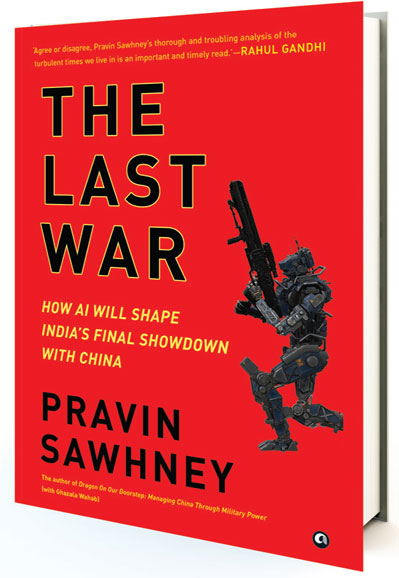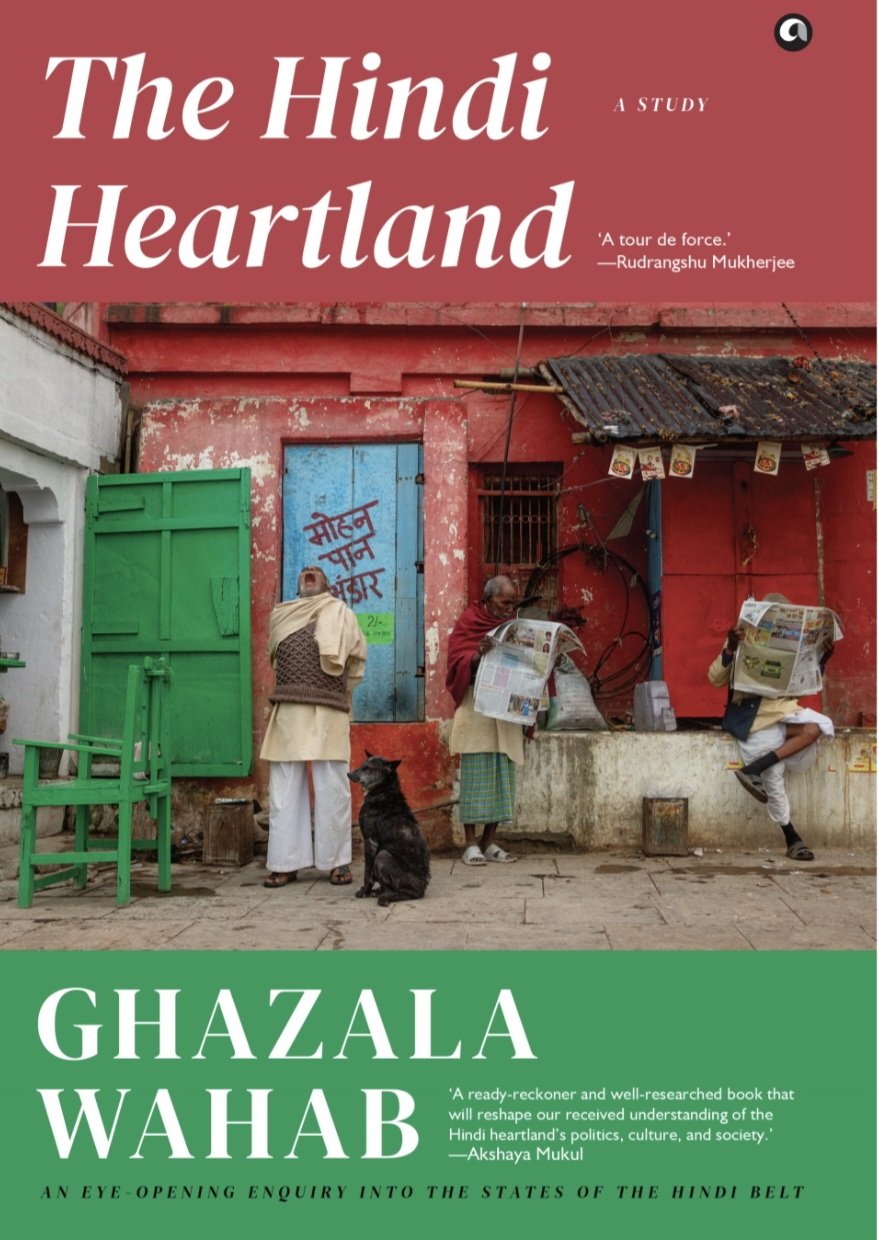SHORT TAKES

MORE HEADLINES

Naval Group Delivers its First Defense and Intervention Frigate to the Hellenic Navy
Naval Group Delivers its First Defense and Intervention Frigate to the Hellenic Navy
Industry News
India–Malaysia Participate in Joint Military Training Exercise Harimau Shakti
India–Malaysia Participate in Joint Military Training Exercise Harimau Shakti Service News VIDEO
VIDEO
In a Yearend Bonanza, Trump Offers Two Big Global Roles to India
India Prefers US Vassalage Instead of Equal Partnership in the New World Order
Putin Visit : India Has Opportunity For Big Role in Eurasia
COLUMNS
Please bear with us for a few days. We are making ourselves better
Subscribe To Force
Fuel Fearless Journalism with Your Yearly Subscription
SUBSCRIBE NOW
We don’t tell you how to do your job…
But we put the environment in which you do your job in perspective, so that when you step out you do so with the complete picture.









